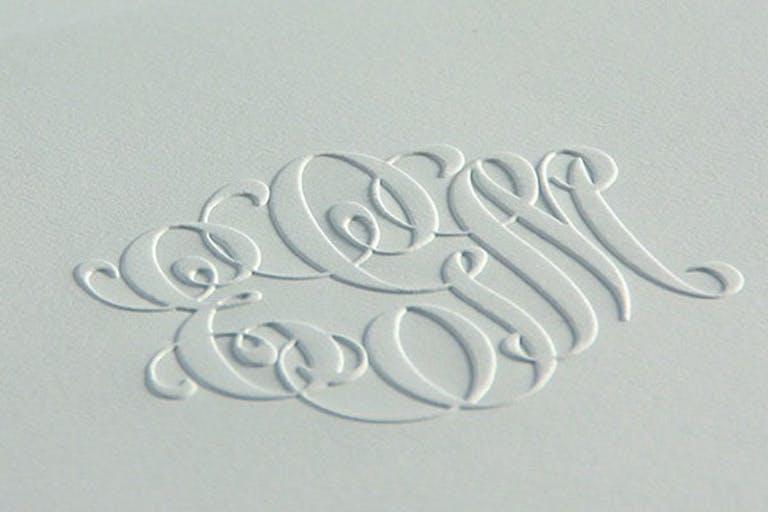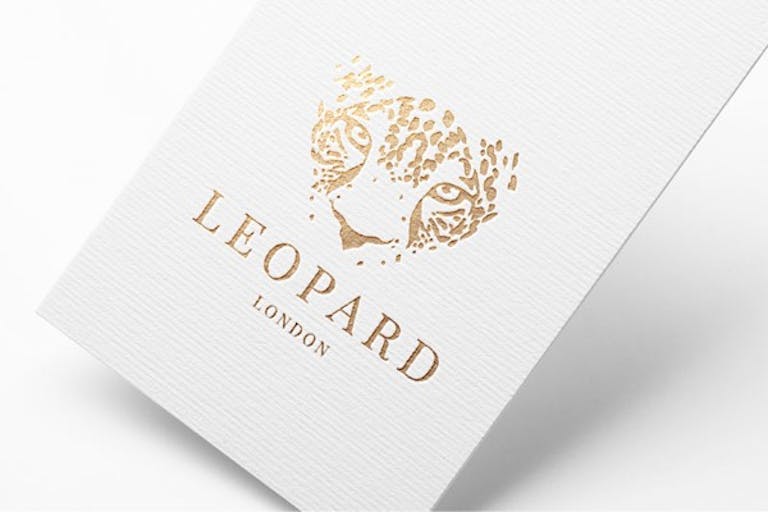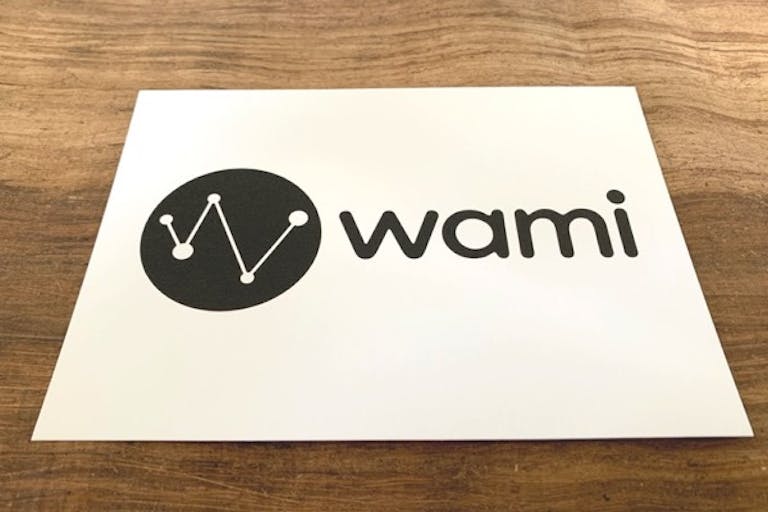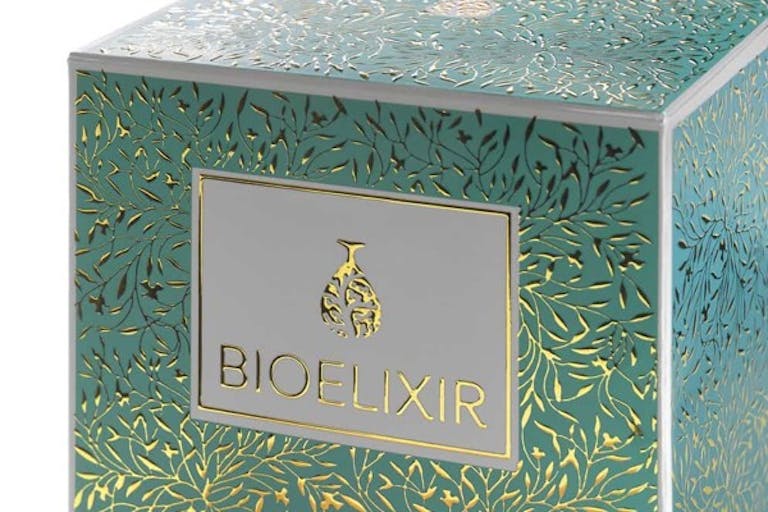The average consumer lives in a world inundated with digital touchpoints. This barrage of digital communication is what makes receiving a handwritten note feel so special. It’s something different, something that can be felt, touched and appreciated in a way that email will never be able to capture.
Whether you are crafting your first handwritten notes campaign or thinking on new ways of surprising and delighting your customers this holiday season, it’s important to understand the variety of printing methods available to you.
Stationery has been the backbone of written communication for thousands of years. It has come along way from the days of animal skin and papyrus as the primary writing surfaces.
Here are 5 of my favorite printing techniques, all of which we offer at Wami:
1. Engraving
Engraving is a centuries-old, precision print method where all of the printing is done by hand often on antique print machinery. It’s visually stunning and simply feels luxurious when held in hand.
Engraving starts with master engravers cutting lettering and designs into a plate (called a “die”) made of a relatively hard material (typically copper). The finished plate is usually covered in ink, and then the ink is removed from all of the un-etched portions of the plate. The plate is then pressed into paper under thousands of pounds of pressure.
You can tell whether a piece of stationery has been engraved by the noticeably raised lettering or design and by checking for the indentation on the backside. This indentation is caused by the immense pressure applied during the engraving process. You can learn more about engraving here.
2. Embossing and Debossing

These two related processes add depth to stationery and greatly elevate the visual appeal. Embossing is similar to engraving in that a raised image is created by pressing paper onto a copper plate and applying force. It differs in that no ink is used in the process, hence it sometimes being referred to as “Blind Embossing.”
Debossing or “Blind debossing” is the opposite of embossing, where instead of a raised image or lettering being created by the press, a sunken or recessed impression is created instead.
3. Foil Stamping

This process is often associated with wedding invitations and evokes images of shimmering gold lettering on thick white card stock. Foil stamping looks incredible on its own or when combined with other processes. Beyond the standard gold, other popular choices for coloring include rose gold, silver, black, and pearl white.
How foil stamping works is a thin strip of foil is threaded through a foil press machine and then a printing surface (i.e. a blank card) is placed underneath the foil.
Heat and pressure are then applied to leave an indent on the paper similar to the deboss method above, rather than ink.
The heat allows the color from the foil to ‘bleed’ onto the page producing the beautiful, shiny end result. You can learn more about foil stamping here.
4. Digital Printing

This modern technique is the commercial version of what you may be familiar with when printing images from your computer directly onto paper.
Digital printing does not involve raised or recessed designs (such as engraving or debossing) but instead transfers letters and images directly onto the surface of the paper.
It’s typically used as a cost-effective option for projects requiring high levels of personalization (I.e. 50,000 cards with unique footers on each and every card), short turnaround or smaller production volumes, as it does not require the creation of unique printing plates for each stationery.
5. Scodix

Scodix is one of the newest innovations in the world of luxury stationery. Scodix isn’t just one process, but instead, the company behind multiple processes meant to enhance stationery produced via digital printing.
This process delivers a raised ink experience similar to engraving, foil-stamping or embossing as well as offering unique services such as braille and glitter printing.
It differs from the traditional die and press approach used in engraving, embossing and foil-stamping above, in that it leverages UV light and special polymers to simulate the embossing effect on a single side of a piece of paper.
These 5 methods for creating luxury stationery are great starting points but are not in any way an exhaustive list. Incredible stationery alone is not enough to improve your customer retention. It’s when combined with the right content, and targeted at a precise segment, the complete handwritten note experience can be the touchpoint that builds a lasting bond with your customers.
